Deck 13: Spectroscopy
Question
Question
Question
Question
Question
Question
Question
Question
Question
Question
Question
Question
Question
Question
Question

Unlock Deck
Sign up to unlock the cards in this deck!
Unlock Deck
Unlock Deck
1/15
Play
Full screen (f)
Deck 13: Spectroscopy
1
How many different types(sets) of hydrogens are there in 2,2-dimethylpentane?
A) 2
B) 3
C) 4
D) 5
A) 2
B) 3
C) 4
D) 5
4
2
What is the multiplicity of the methylene hydrogens indicated in the proton NMR of the following compound?
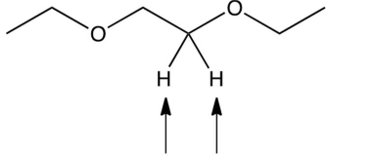
A) singlet
B) doublet
C) triplet
D) quartet

A) singlet
B) doublet
C) triplet
D) quartet
singlet
3
Which compound below fits the following proton NMR data?
Triplet
Singlet
Quartet
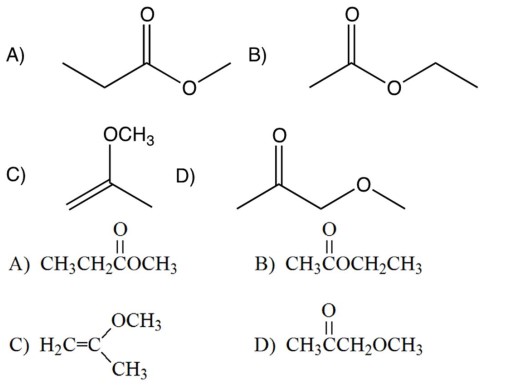
A) A
B) B
C) C
D) D
Triplet
Singlet
Quartet

A) A
B) B
C) C
D) D
B
4
The proton NMR of 1,1-dibromoethane would appear as a
A) downfield doublet and upfield quartet.
B) downfield quartet and upfield doublet.
C) downfield doublet and upfield triplet.
D) downfield triplet and upfield doublet.
A) downfield doublet and upfield quartet.
B) downfield quartet and upfield doublet.
C) downfield doublet and upfield triplet.
D) downfield triplet and upfield doublet.

Unlock Deck
Unlock for access to all 15 flashcards in this deck.
Unlock Deck
k this deck
5
A large doublet and a small septet pattern in NMR is usually indicative of a(n)
A) ethyl group.
B) propyl group.
C) isopropyl group.
D) phenyl group.
A) ethyl group.
B) propyl group.
C) isopropyl group.
D) phenyl group.

Unlock Deck
Unlock for access to all 15 flashcards in this deck.
Unlock Deck
k this deck
6
Which of the following describes the spin-spin splitting of the indicated in the NMR of the compound shown below?
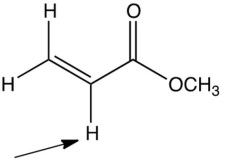
A) singlet
B) doublet of doublets
C) triplet
D) doublet of triplets

A) singlet
B) doublet of doublets
C) triplet
D) doublet of triplets

Unlock Deck
Unlock for access to all 15 flashcards in this deck.
Unlock Deck
k this deck
7
Identify the isomer given the following proton NMR data:
Doublet
Multiplet
Doublet
A)

B)

C)

D)

Doublet
Multiplet
Doublet
A)

B)

C)

D)


Unlock Deck
Unlock for access to all 15 flashcards in this deck.
Unlock Deck
k this deck
8
Which of the compounds below fit the following C-13 NMR?
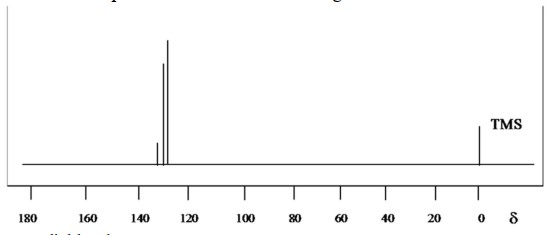
A) para-dichlorobenzene
B) meta-dichlorobenzene
C) ortho-dichlorobenzene
D) chlorobenzene

A) para-dichlorobenzene
B) meta-dichlorobenzene
C) ortho-dichlorobenzene
D) chlorobenzene

Unlock Deck
Unlock for access to all 15 flashcards in this deck.
Unlock Deck
k this deck
9
A C-13 NMR spectrum of a compound, , has five peaks. Two peaks are in the ppm region and the other three are in the 120-140 ppm area. Which of the following compounds fits the data?

A) I
B) II
C) III
D) IV

A) I
B) II
C) III
D) IV

Unlock Deck
Unlock for access to all 15 flashcards in this deck.
Unlock Deck
k this deck
10
Which one of the following has a in its UV-visible spectrum with the longest wavelength?
A)

B)

C)

D)

A)

B)

C)

D)


Unlock Deck
Unlock for access to all 15 flashcards in this deck.
Unlock Deck
k this deck
11
The reaction shown below gave two products in a ratio of approximately . The mass spectrum of the major product has a base peak at . The minor product gave a base peak at . Based on the reaction given and the information on the mass spectra, which of the following is the major product?

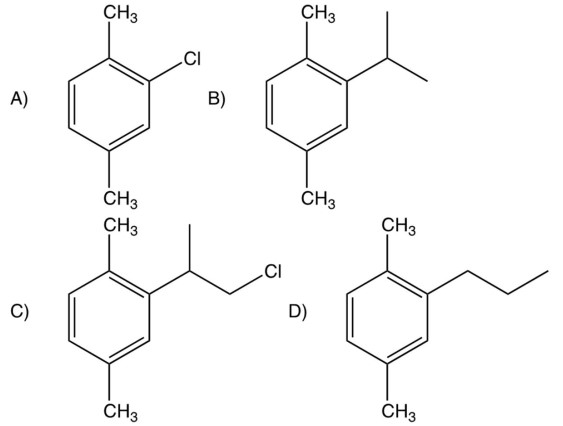
A) A
B) B
C) C
D) D


A) A
B) B
C) C
D) D

Unlock Deck
Unlock for access to all 15 flashcards in this deck.
Unlock Deck
k this deck
12
Match each steroid below with its in its UV-visible spectrum.

A) A
B) B
C) C
D) D

A) A
B) B
C) C
D) D

Unlock Deck
Unlock for access to all 15 flashcards in this deck.
Unlock Deck
k this deck
13
Which of the following compounds fits the proton NMR shown below?
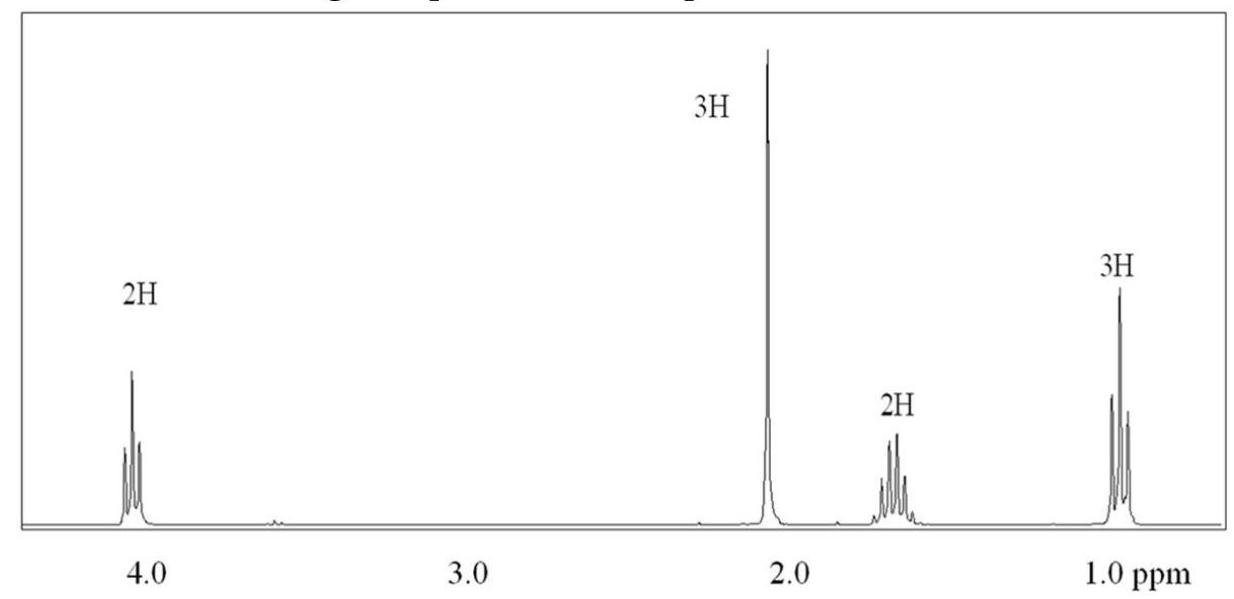
A)

B)

C)

D)


A)

B)

C)

D)


Unlock Deck
Unlock for access to all 15 flashcards in this deck.
Unlock Deck
k this deck
14
A compound, , can be hydrogenated with platinum metal and hydrogen to give a compound . How many double bonds (DB) and rings (R) does the original compound have? (The original compound has no triple bonds.)
A)
B)
C)
D)
A)
B)
C)
D)

Unlock Deck
Unlock for access to all 15 flashcards in this deck.
Unlock Deck
k this deck
15
Determine the SODAR (sum of double bonds and rings) for a compound with the formula of .
A) one
B) two
C) three
D) four
A) one
B) two
C) three
D) four

Unlock Deck
Unlock for access to all 15 flashcards in this deck.
Unlock Deck
k this deck



